PROJECT
The 21st century has already shown us how essential digital color images are, and therefore, their quality. The latest number of solutions found using the classic figures of merit do not match visual preferences.Examples of visual-numeric disagreement are denoising, compression, or image rendering.
The main objective of the interdisciplinary group that makes up VIP Lab is to contribute to a better understanding of how digital images are perceived by the human visual system. To begin, contributing with data from psychophysics on how images are perceived by the visual system, secondly, addressing how to represent this new knowledge with computational models, to finish using these models to approach the improvement/optimization of the visual quality in different applications and image processing tasks.
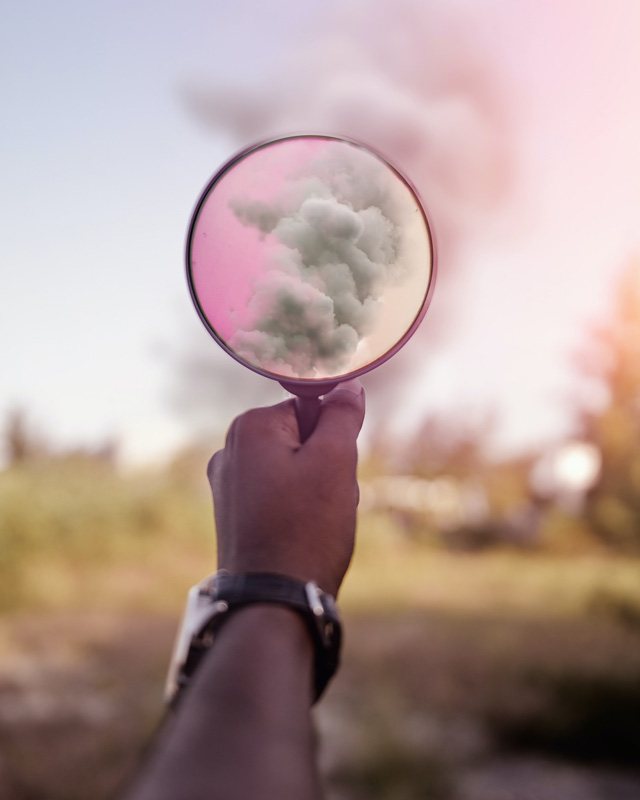
TARGETS
The overall target of VIPLab is to advance in the development of image appearance models through a better understanding of the spatio-temporal color perception of the human visual system.
This implies, in turn, an advance in the field of vision science as well as the potential improvement of all image processing issues that concern image perception and the potential improvement of their industrial applications such as display design, for instance.
Also, we target the study jointly and separately by gender the experimental data acquired to find out possible gender perception differences and if different gender models are needed. So, it is a target to carry out the experimentation using a group of observers of the same size for each gender.
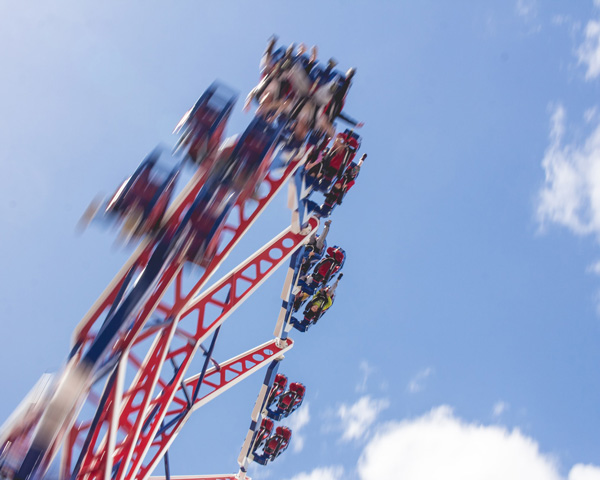
1. To study the visual masking of high-frequency noise in color images in high luminance image regions. That is, to study the dependency on the noise perception on the average background luminance and to determine if color difference formulas are able to represent this masking properly or if a new model needs to be developed, for which we would use fuzzy metrics. We will combine these results with those already found.
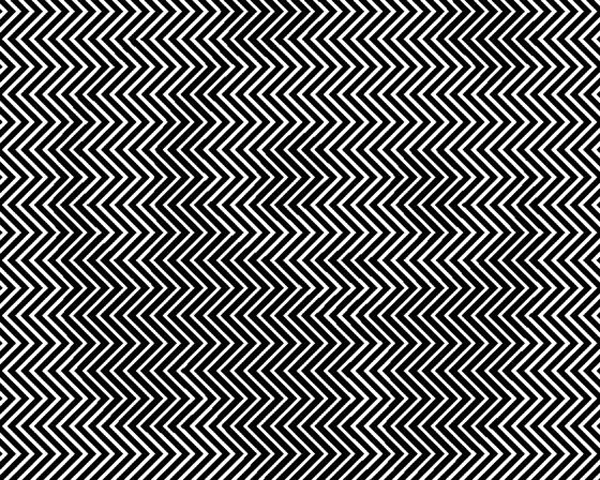
2. To study the visual masking of high-frequency noise in color images depeNding on image content for grayscale images. Our aim is to duplicate the experimentation using just grayscale images to research how much influence the chromaticity is having in the issue, as it is supposed to be minor, lesser than luminaNce, but not negligible.
However, there is little experimental data to support this. We will combine these results with those already found.
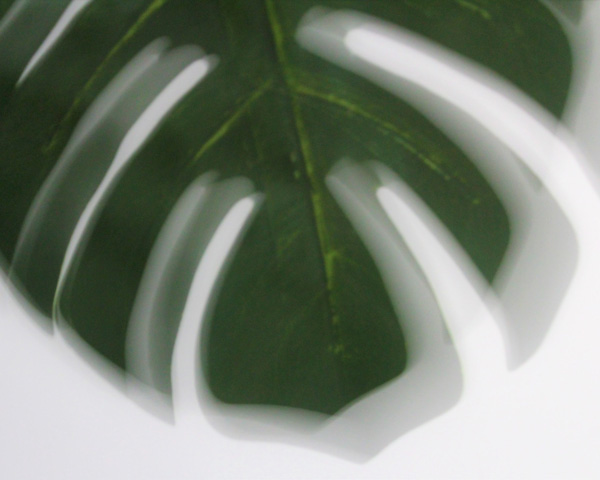
3. To study the acuity for blur perception in images depending on image content. We aim to determine if there is a special sensitivity to detect blur depending on image content for both color and grayscale images. Image appearance models will be tested to properly model the results obtained and a proper module for the blur masking using fuzzy sets to represent subthreshold differences will be developed if necesSary.
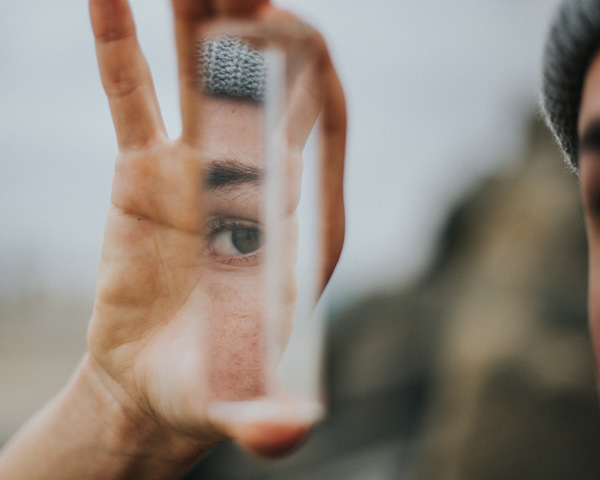
4. To combine the models in high-frequency noise masking and blur detection sensitivity in order to create a new figure of merit for assessing the visual quality of images including both high-frequency noise and blur. The ideal image should contain only sub-threshold noise and blur. This figure of merit will be used along with image denoising methods for optimizing the visual quality of output images. Results will be validated through psychophysics experimentation.
Finally, we should point out that in all these specific targets we will study the obtained results separately by gender as well as jointly to find out if different gender models are needed or not.
METHODOLOGY
Advances within the image appearance models framework are developed on the basis of an experimental psychophysics study. First, a psychometric study is designed and perceptual observations data are recorded. Then, these data are analyzed and a mathematical model for them is developed. Either a previous image appearance model is used and adapted to a degree to explain the new data or a new model for explaining the data is developed. At this point, lies the main benefit of working in a
multidisciplinary theoretical-practical team: the experimental data analysis will suggest how the mathematical model should be and which properties should fulfill; this will consequently encourage more theoretical work which will, in turn, come up with new solutions, and the collaboration will result in a more accurate and robust model.
To carry out a common methodology and achieve the 4 specific objectives of VIP Lab, we have a laboratory in a dark room where we carry out psychophysical experiments.
We will use a high-quality screen characterized with a precision spectroradiometer or colorimeter, a model suitable for colorimetric characterization with a precision below common standards (less than 1 unit of average color error DE00 over a series of colors chosen at the same time). random in the device’s RGB color space).
And for each objective we follow the most common steps in the psychophysical experimentation methodology as follows:
1. Design and setup of the experimentation: with a selection of images and preparation of stimuli.
Consideration should be given to model development and validation stimulus data sets, as well as to develop and test an appropriate user interface and data collection program. In the design process, we will involve the same number of researchers in the group for each gender to avoid any gender-based design bias. If you are interested in participating as a volunteer (contact Samuel)
2. Acquisition of psychophysical data with the participation of voluntary observers.
We previously verified that observers have a normal vision and that overall they are close to gender parity to avoid any bias. Model building and validation data sets are acquired. If you are interested in participating as a volunteer (contact Samuel)
3. Data analysis, modeling, and validation:
We analyze the collected data and perform a correlation with the predictions of the current image appearance models; We develop and/or update models to explain the data through the use of fuzzy metrics and fuzzy logic with an adequate design to take into account the uncertainties observed in the data; We improve the image appearance models accordingly; We validate the new models and the appearance models with the validation data set, and We create models for all the experimental
data and also separate the data by gender. That is, we validate each gender model separately and also perform cross-gender validation to finally conclude whether or not different gender models are needed. models with the validation data set; and We create models for all the experimental data and also separate the data by gender. That is, we validate each gender model separately and also perform cross-gender validation to finally conclude whether or not different gender models are needed.

